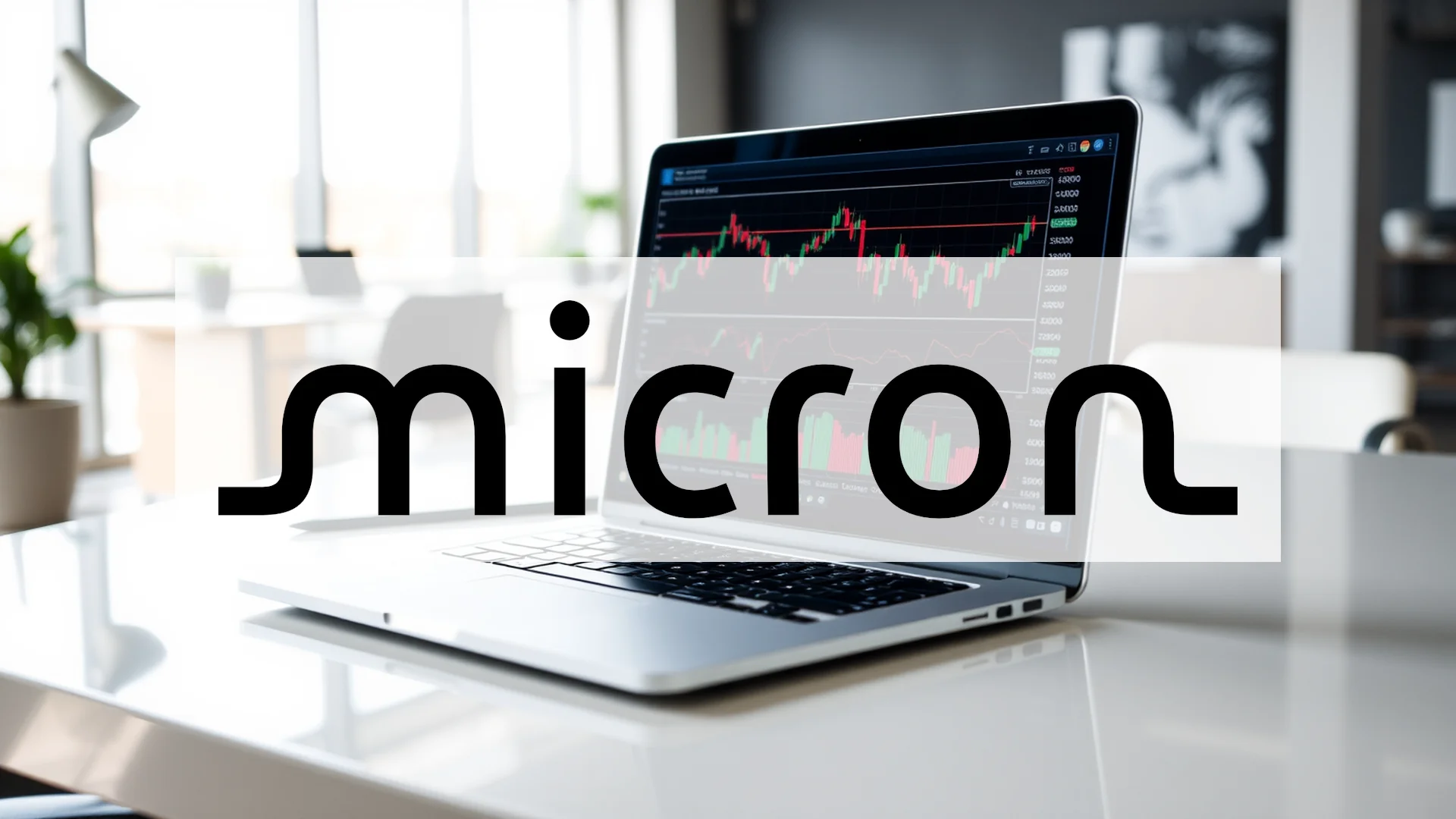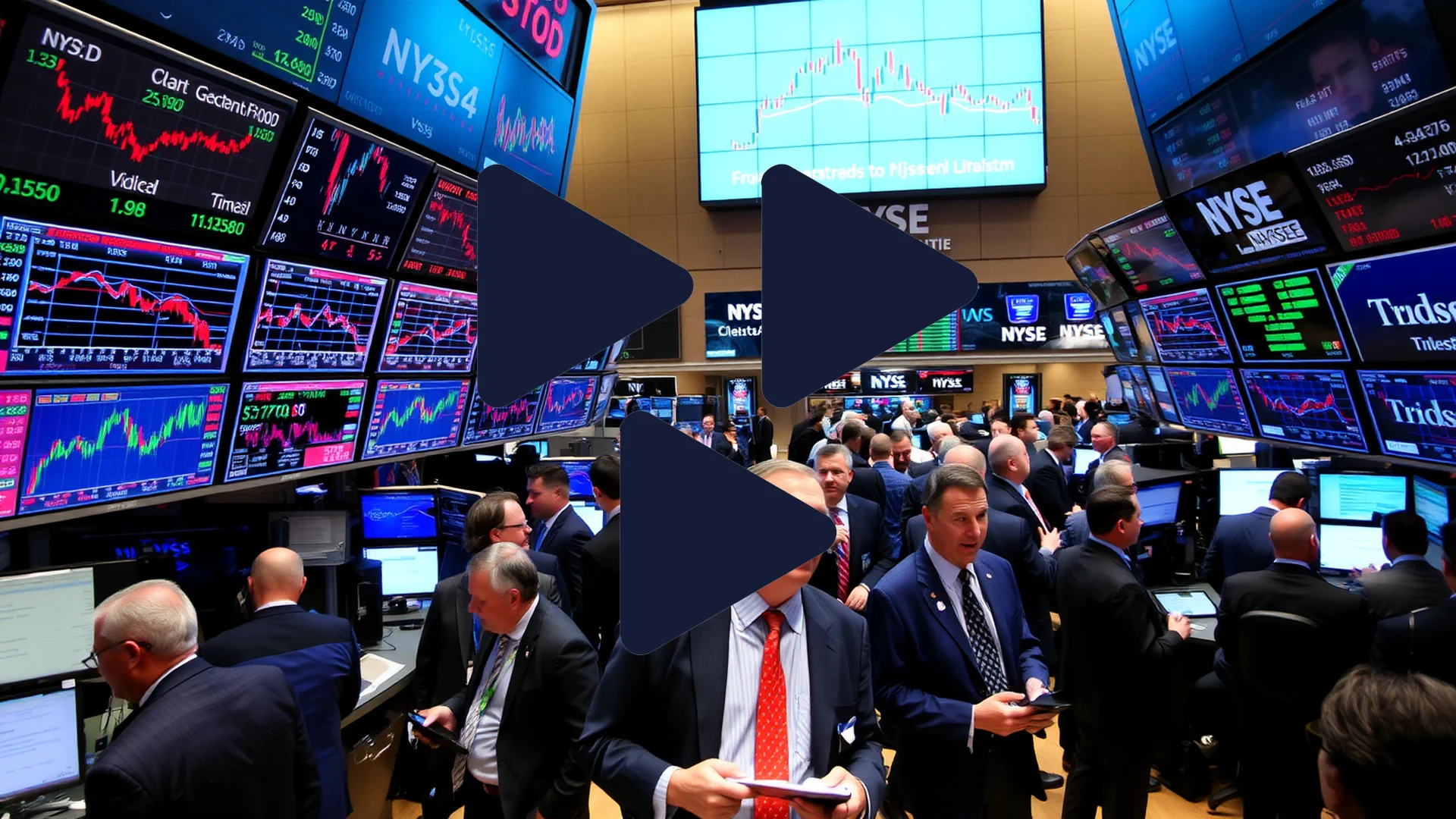In a market hungry for positive signals, a storied insurance provider is demonstrating unexpected resilience. Prudential Financial has not only posted a surprisingly strong second-quarter performance but is also advancing a significant strategic overhaul under new leadership. This combination of operational strength and forward momentum raises a compelling question about the long-underestimated financial services giant.
Strong Quarterly Results Defy Expectations
The positive surprise arrived in late July when Prudential announced adjusted earnings of $3.58 per share, significantly outpacing the $3.22 per share analysts had projected. This result represents a notable 9 percent year-over-year increase. The achievement is particularly impressive considering it occurred against a backdrop of slightly lower overall revenue, highlighting the company’s operational efficiency in a challenging environment.
Key contributors to this performance included enhanced insurance results, increased fee-based income from investment operations, and a rise in net investment income. A standout feature of the quarter was the return of $735 million to shareholders through a combination of dividend distributions and share repurchases.
New Leadership Drives Strategic Consolidation
A quiet transformation is underway behind the impressive numbers. Since assuming the role of CEO in March, Andrew Sullivan has been implementing a clear strategic vision. A central pillar of this new direction involves consolidating the company’s investment management subsidiary, PGIM, into a unified asset management platform. This reorganization is designed to harness greater economies of scale and further boost the lucrative fee-based revenue streams.
The market’s response to this strategic shift has been cautiously optimistic. After a difficult period, Prudential’s shares have shown initial signs of recovery, trading well above their July lows. However, the stock price remains substantially below its historical peaks, presenting a scenario that could be interpreted as either a lingering risk or a potential opportunity.
Should investors sell immediately? Or is it worth buying Prudential?
Market Experts Maintain Cautious Stance
Despite the encouraging results, the analyst community continues to express a measured outlook. A majority of research firms currently maintain a “Hold” rating on the stock, though many acknowledge its upward potential. The average price target sits around $122, which is notably higher than the current trading level, suggesting analysts see room for appreciation.
Institutional investors are beginning to position themselves with cautious optimism. Notably, Price T. Rowe Associates increased its stake by one percent in the first quarter, building a position now valued at approximately $58 million.
Attractive Dividend Provides Income Foundation
For investors focused on income generation, Prudential remains a compelling consideration. The company’s annual dividend of $5.40 per share provides a substantial yield of nearly 5 percent. These reliable distributions offer a solid foundation for total return, particularly during periods of market uncertainty.
The critical question now is whether Prudential can maintain the positive momentum from the second quarter under its new leadership. The answer will ultimately determine if this financial services giant is finally poised to emerge from its extended period of undervaluation.
Ad
Prudential Stock: Buy or Sell?! New Prudential Analysis from November 30 delivers the answer:
The latest Prudential figures speak for themselves: Urgent action needed for Prudential investors. Is it worth buying or should you sell? Find out what to do now in the current free analysis from November 30.
Prudential: Buy or sell? Read more here...













